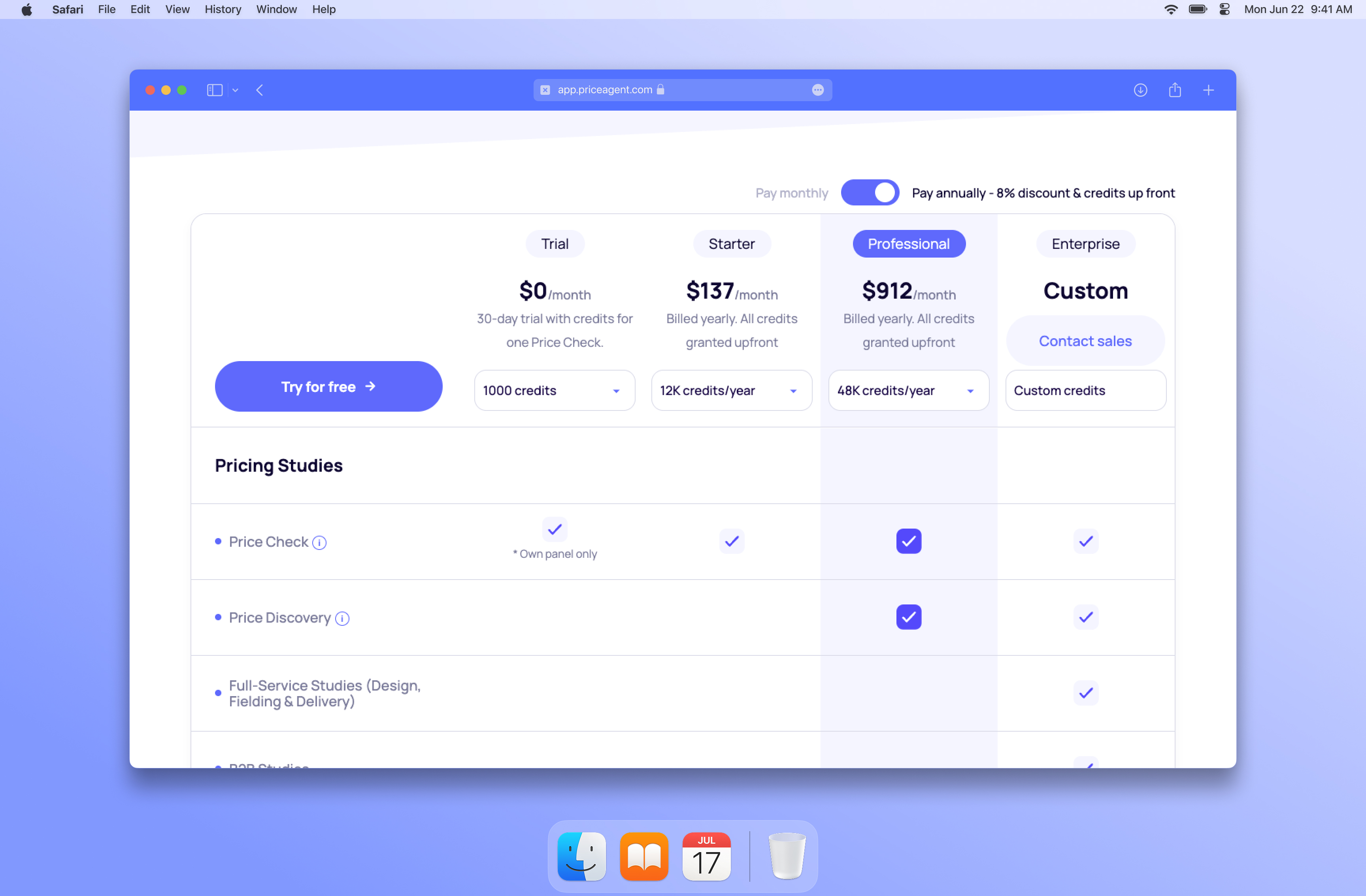Navigating the Retail Landscape with Price Intelligence
Unleash the power of data-driven pricing! Discover how price intelligence & pricing

Summarize article with AI
In the dynamic world of retail, where competition is fierce and customer expectations are ever-evolving,priceremains a critical battleground. Today's savvy consumers constantly compare prices and seek the best deals. To stay ahead of the curve, retailers need to move beyond guesswork and embrace the power of price intelligence.
Price intelligenceequips retailers with the tools and insights they need to makedata-driven pricing decisions. By leveraging real-time market data and pricing tools, retailers can navigate the complexities of retail pricing, optimize their strategies, and achieve sustainable success.
Why Price Intelligence Matters: Gaining the Competitive Edge
Informed Decisions: Move beyond intuition and rely on real-time data to set competitive prices that reflect market trends, customer behavior, and your cost structure.
Competitive Advantage: Gain valuable insights into competitor pricing strategies and identify opportunities to differentiate yourself in the market.
Profit Optimization: Strike the perfect balance between maximizing revenue and attracting customers by considering both cost and customer value perception.
Enhanced Customer Satisfaction: Offer competitive prices that resonate with your target audience, fostering loyalty and repeat business.
Dynamic Response: Adapt your pricing strategies rapidly based on market fluctuations and customer behavior to stay ahead of the competition.
Unlocking the Power of Price Intelligence: Essential Tools and Techniques
Price intelligence goes beyond simply gathering data. It's about utilizing the right tools and techniques to translate data into actionable insights:
Market Data Collection and Analysis: Gather and analyze real-time data on competitor pricing, market trends, and customer behavior to gain a comprehensive understanding of the pricing landscape.
Demand Forecasting: Utilize AI-powered algorithms to predict future demand for specific products and optimize pricing strategies based on anticipated market shifts.
Competitive Price Monitoring: Track competitor pricing fluctuations and identify opportunities to adjust your own prices strategically. Stay informed about competitor promotions and sales to maintain a competitive edge.
Price Optimization Tools: Leverage software solutions that analyze various factors such as demand elasticity, competitor pricing, and historical sales data to recommend optimal pricing strategies for different products or customer segments.
Dynamic Pricing: Implement dynamic pricing strategies that automatically adjust prices based on market conditions, customer behavior, and demand fluctuations. This allows you to optimize pricing for clearance sales, seasonal trends, or high-demand periods.
The Benefits of Navigating with Price Intelligence
By embracing price intelligence, retailers can reap a multitude of benefits:
Increased Revenue and Profitability: Optimize prices to capture a larger market share without compromising on profit margins.
Enhanced Customer Satisfaction: Offer competitive pricing and value propositions that build customer loyalty and trust.
Improved Inventory Management: Reduce the risk of overstocking or understocking by aligning inventory levels with predicted demand fluctuations.
Data-Driven Decision Making: Move beyond intuition and rely on data-driven insights to inform your pricing strategies, ensuring they are aligned with market trends and customer expectations.
Increased Efficiency: Streamline pricing processes through automation and free up valuable resources for other strategic initiatives.
Embrace the Power of Data-Driven Pricing
Don't let outdated pricing methods hold your business back. Embrace the power ofprice intelligenceandAI-powered tools. By implementing the strategies outlined in this article, you can transform your approach to pricing, gain a competitive edge, and achieve sustainable success in the ever-evolving retail landscape.
Remember, price intelligence is not a one-time solution; it's an ongoing process of collecting data, analyzing insights, and adapting your strategies. By fostering a data-driven approach to pricing, you can gain valuable insights into market dynamics and customer behavior, optimize your pricing strategies, and navigate the complexities of the retail landscape with greater efficiency and success.









